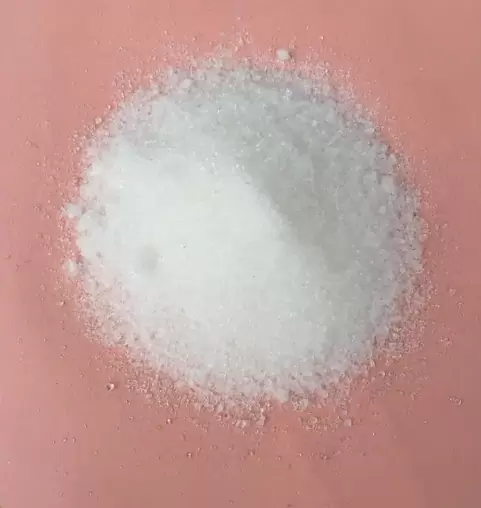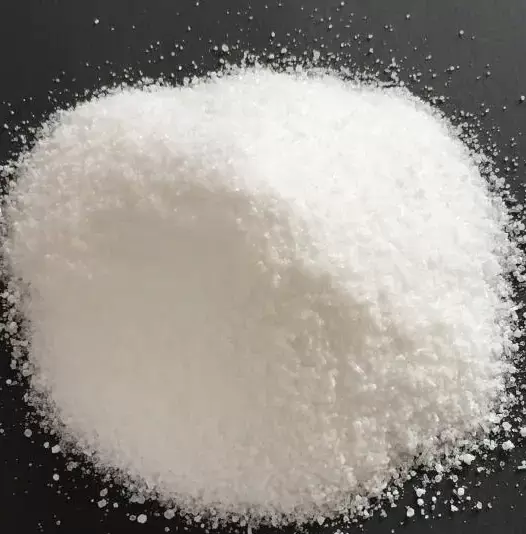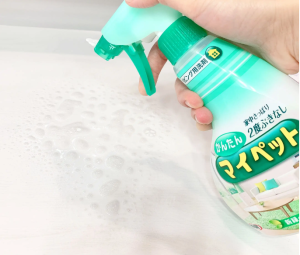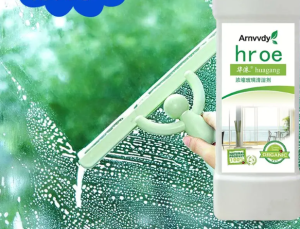Trisodium phosphate, commonly called TSP, is a packaged, blended cleaning product consisting of 75 to 80 percent trisodium phosphate and 20 to 25 percent sodium carbonate.
TSP is typically inexpensive and comes in the form of an odorless dry powder that must be thoroughly mixed into hot water to form a mostly clear solution, though slightly cloudy. Applied to surfaces with sponges or scrub brushes, TSP is an effective, heavy-duty cleaner for problem areas around the house that may be sooty, greasy, or dirty, such as walls or cabinets in need of painting.
Trisodium phosphate was at one time extensively used in formulations for a variety of consumer-grade soaps and detergents, and the most common use for trisodium phosphate has been in cleaning agents. The pH of a 1% solution is 12 (i.e., very basic), and the solution is sufficiently alkaline to saponify grease and oils. In combination with surfactants, TSP is an excellent agent for cleaning everything from laundry to concrete driveways. This versatility and low manufacturing price made TSP the basis for a plethora of cleaning products sold in the mid-20th century.
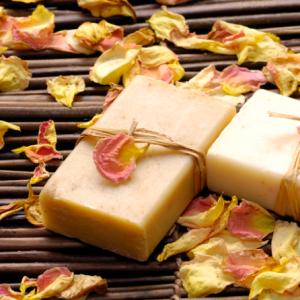
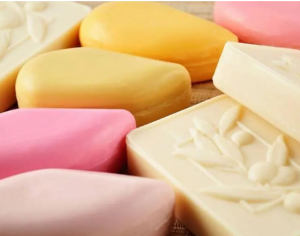
TSP is still sold and used as a cleaning agent, but since the late 1960s, its use has diminished in the United States and many other parts of the world because, like many phosphate-based cleaners, it is known to cause extensive eutrophication of lakes and rivers once it enters a water system.
TSP is commonly used after cleaning a surface with mineral spirits to remove hydrocarbon residues and may be used with household chlorine bleach in the same solution without hazardous reactions.This mixture is particularly effective for removing mildew, but is less effective at removing mold.
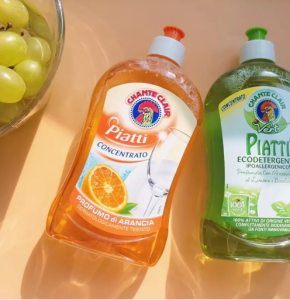
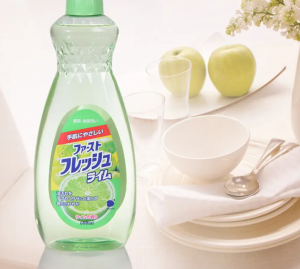
Although it is still the active ingredient in some toilet bowl-cleaning tablets, TSP is generally not recommended for cleaning bathrooms because it can stain metal fixtures and can damage grout.

